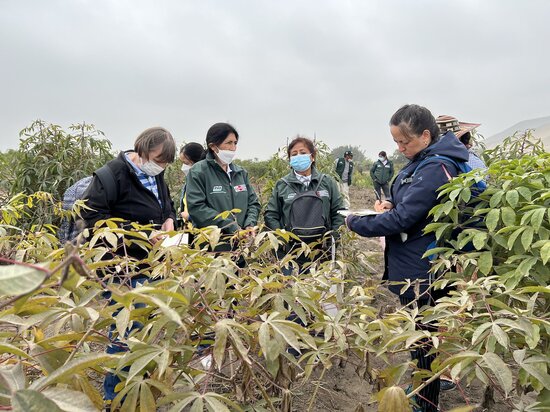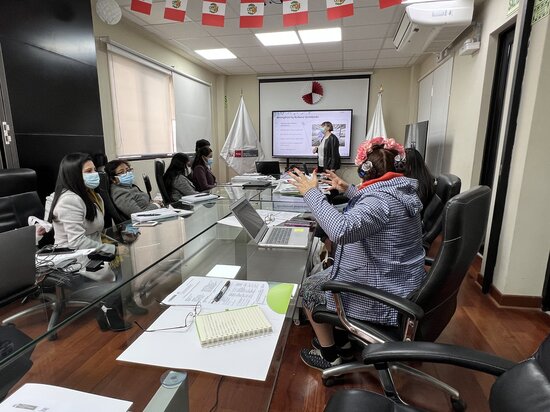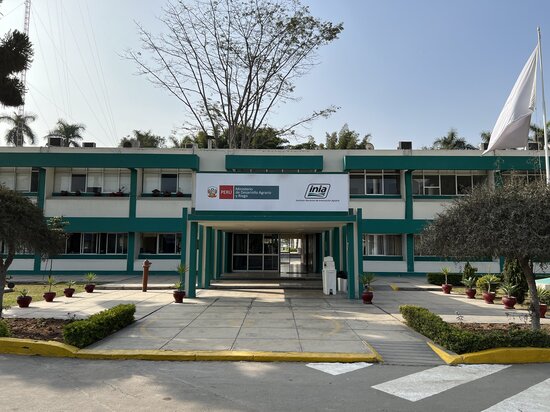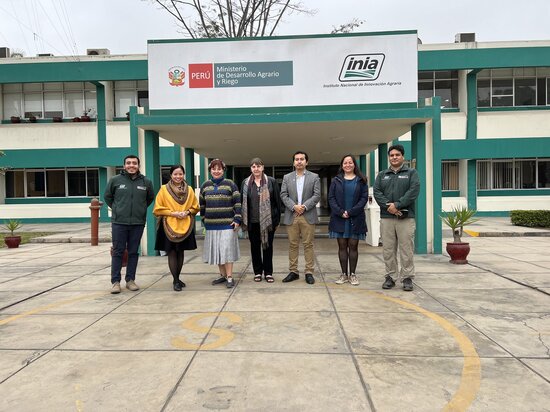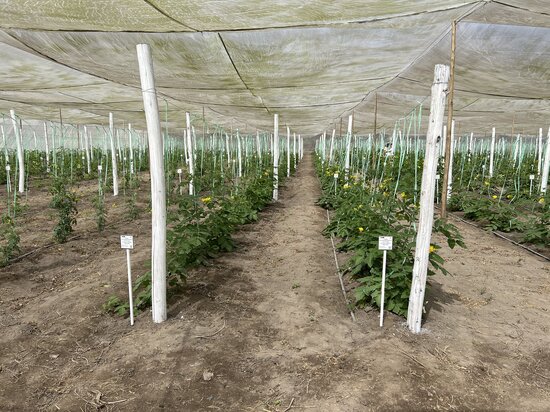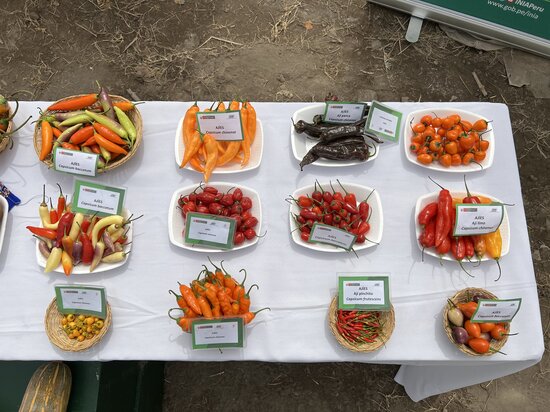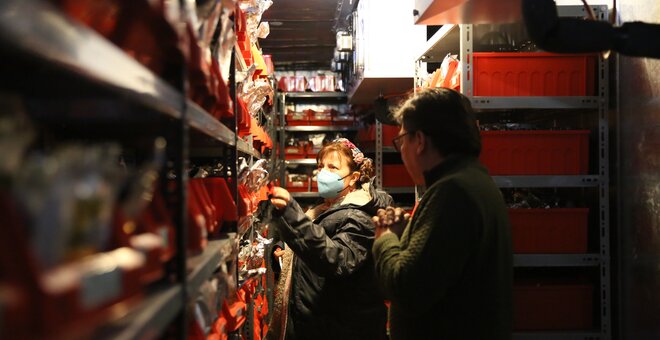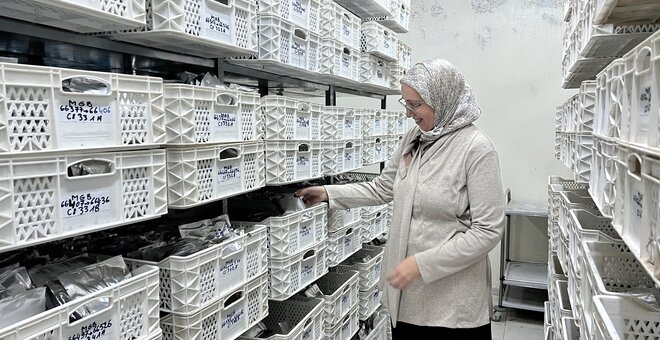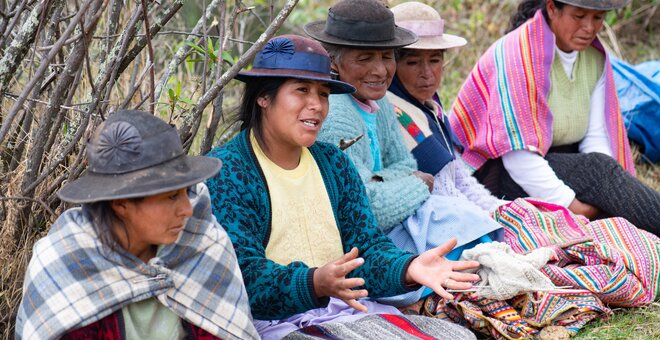Peru: Germplasm Bank of the National Institute of Agrarian Innovation
Location
La Molina, Lima, Peru
Parent Organization
Instituto Nacional de Innovación Agraria (INIA), Directorate of Genetic Resources and Biotechnology
Mission
- Coordinate, promote and execute the development of activities related to agrobiodiversity, in order to preserve, conserve, characterize, document and monitor genetic resources, in ex situ and in situ conditions, valuing the traditional knowledge associated with them and promoting their sustainable use
- Coordinate research activities on genetic resources at INIA’s Agricultural Experimental stations, as well as in study areas of institutional interest
- Formulate agricultural innovation projects in genetic resources, taking into account the needs of conservation and development of alternatives for sustainable use
- Develop and participate in projects to promote research, training and technology transfer in genetic resources
- Preserve, document and expand the genetic base of the INIA germplasm bank in coordination with related institutions, within the scope of its competence
- Provide scientific and technical information generated by research on genetic resources to the Directorate for Management of Agricultural Innovation
- Propose guidelines, standards, directives, manuals and issue a technical opinion on matters within its competence.
Date Established
1986
Number of Samples Conserved
17,000, including 10,500 in field genebanks, 4,700 seed accessions and 1,400 in vitro (as at June 2023)
Main Crops Conserved
- Andean roots and tubers, including potato, arrachacha, oca, ulluco, yacon and mashua
- Other roots and tubers, including cassava and sweetpotato
- Andean grains, including quinoa and amaranths
- Vegetables, including tomato and its wild relatives, peppers and cucurbits
- Grain legumes, including common bean, faba bean, groundnut, tarwi lupin and soybean
- Fruit trees, including annona, black cherry, mango and banana
- Industrial crops, including cotton, cacao and coffee
Background
The genebank was established in 1986 with the creation of the National Genetic Resources Service (SENARGEN, Servicio Nacional de Recursos Genéticos) under the National Institute of Agrarian Innovation (INIA), which is attached to the Ministry of Agrarian Development and Irrigation. The basis of the genebank collection was collections from the plant breeding programs that existed at that time. The following year, INIA was restructured and SENARGEN became the National Program of Genetic Resources (PRONARGEN), with the objectives of collecting, introducing, conserving, characterizing, evaluating and documenting plant genetic resources of importance in Peru, with emphasis on native species used in food.
The main seed genebank is located at La Molina, Lima, along with the in vitro laboratory and field genebanks for wild potatoes and local cultivars, pepino dulce and medicinal plants from the coastal region. Other crops are maintained in field genebanks at 20 other INIA experiment stations across the country. Seed of some crops is also kept in satellite genebanks at the regional experiment stations, including the large collection of quinoa at the Puno experiment station.
Recent milestones include:
- Implementation of the SIRGE platform (Information System of GGRR)
- Implementation of thermal labels for the QR identification of the accessions (field, seed, in vitro)
- Elaboration of scientific proposals to attract public and private funds
- 31 technical documents published (catalogs and manuals), 2020-2023
- Implementation of INIA's GENEBANK PERU website (https://genebankperu.inia.gob.pe/)
- The genebank distributes seed and clonal material to INIA plant breeders and researchers, farmers and to educational institutes, including for school vegetable gardens
- Construction of a new genebank at La Molina is scheduled to start in 2024
The Collection
Peru is one of the Vavilov centers of diversity with many diverse and indigenous crops and their wild relatives, as well as plants used for medicines, condiments, colorants and spices. This is reflected in the diversity of the genebank, with 52 collections covering 390 species with a total of more than 17,000 accessions. More than 10,000 accessions, including potato, sweetpotato, cassava and cacao, are maintained in the field genebank, with around 5,000 accessions held in the seed genebank.
More than 80% of the collection comprises landraces or farmers’ varieties, with about 4% being crop wild relatives.
The seed collections are maintained at either in the genebank at La Molina or in local experiment stations. Nineteen of the 52 collections are kept at La Molina. Clonal species are kept in vitro at La Molina, including the potato and sweetpotato collections, or in field genebanks in 13 experiment stations, depending on the agroclimatic needs of the crop, such as the cacao collection in San Roque.
Seed is stored in a cold room at 2-4° C.
The collections are actively used by plant breeders and other researchers in INIA.
Stories on Peru
Strengthening Genebanks in Ecuador and Peru
A team of experts traveled to Ecuador and Peru to review the national genebanks in a visit organized by the Crop Trust under the Biodiversity for Opportunities, Livelihoods and Development (BOLD) Project.
Ecuador and Peru are...
11 Aug 2022
Support for National Genebanks Underway
Seeds maintained in genebanks worldwide are the foundation of our future food and nutrition security.
16 Jun 2022
Perfecting the Potato, With Help From Peru’s Farmers
This World Food Day, the International Potato Center (CIP) announced a new disease-resistant potato developed with the Crop Trust’s support. Called CIP-Matilde, this special spud was developed in collaboration with farmers and...
15 Oct 2021
15 Oct 2021


